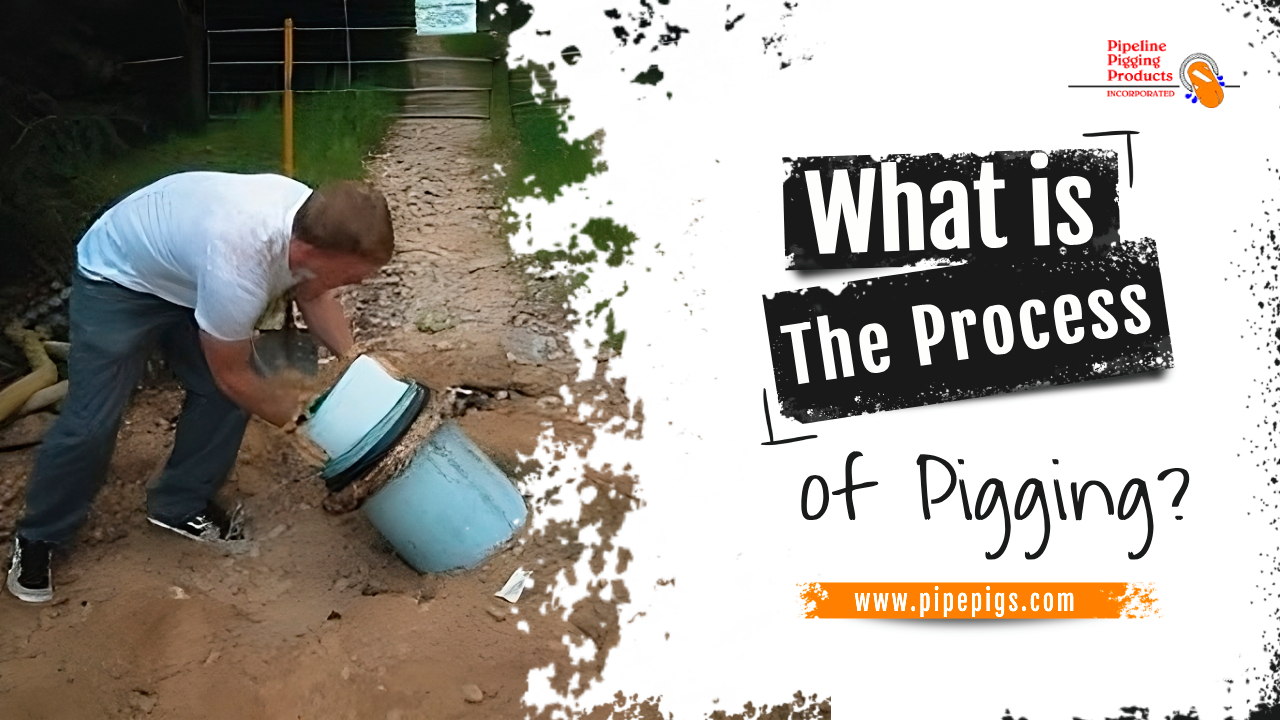What is the process of pigging?

Understanding the Process of Pigging
Pigging is a method used to clean, inspect, and maintain pipelines. The pipeline pig itself is a specialized device, often cylindrical, that is inserted into a pipeline and travels through it. This pig isn't your typical oink-producing creature; it's a versatile tool designed to perform a range of tasks.
Process of Pigging for Varied Industries
The applications of pigging are widespread. In the oil and gas industry, pigging is essential for maintaining the efficiency of pipelines by cleaning out buildup and ensuring the integrity of the infrastructure. In the food and beverage industry, it's used to prevent cross-contamination, safeguarding product quality. In pharmaceuticals, pigging is employed for sanitation and product safety. The chemical industry relies on pigging to maintain product quality and purity.
Here's how the pigging process works
- Pipeline Preparation: Before the pig begins its journey, the pipeline must be prepared. This involves making sure that the pipeline is ready for the pig's insertion. Any necessary valves and fittings are adjusted, and the pipeline is flushed to remove any excess product or contaminants.
- Launching the Pig: With the pipeline ready, the pig is introduced into the pipeline. It's like sending a little explorer into the unknown. The pig is typically inserted into the pipeline through a pig launcher or launching station. The launcher provides the initial push that propels the pig into the pipeline.
- The Pig's Journey: Once inside the pipeline, the pig travels through it, pushed along by the product or a suitable propellant, such as air or water. The pig's design and purpose determine its journey. Some pigs are equipped with brushes to scrub away deposits, while others are fitted with sensors for inspection. The pig can effectively clean the inner walls of the pipeline, remove debris, and even detect defects or irregularities.
- Receiving and Inspection: At the end of its journey, the pig is received at the receiving station or pig receiver. This is where the pig's performance is evaluated. If it was a cleaning pig, it would have removed contaminants, ensuring a clean and smooth inner surface. If it was an inspection pig, it would have gathered valuable data about the pipeline's condition.
